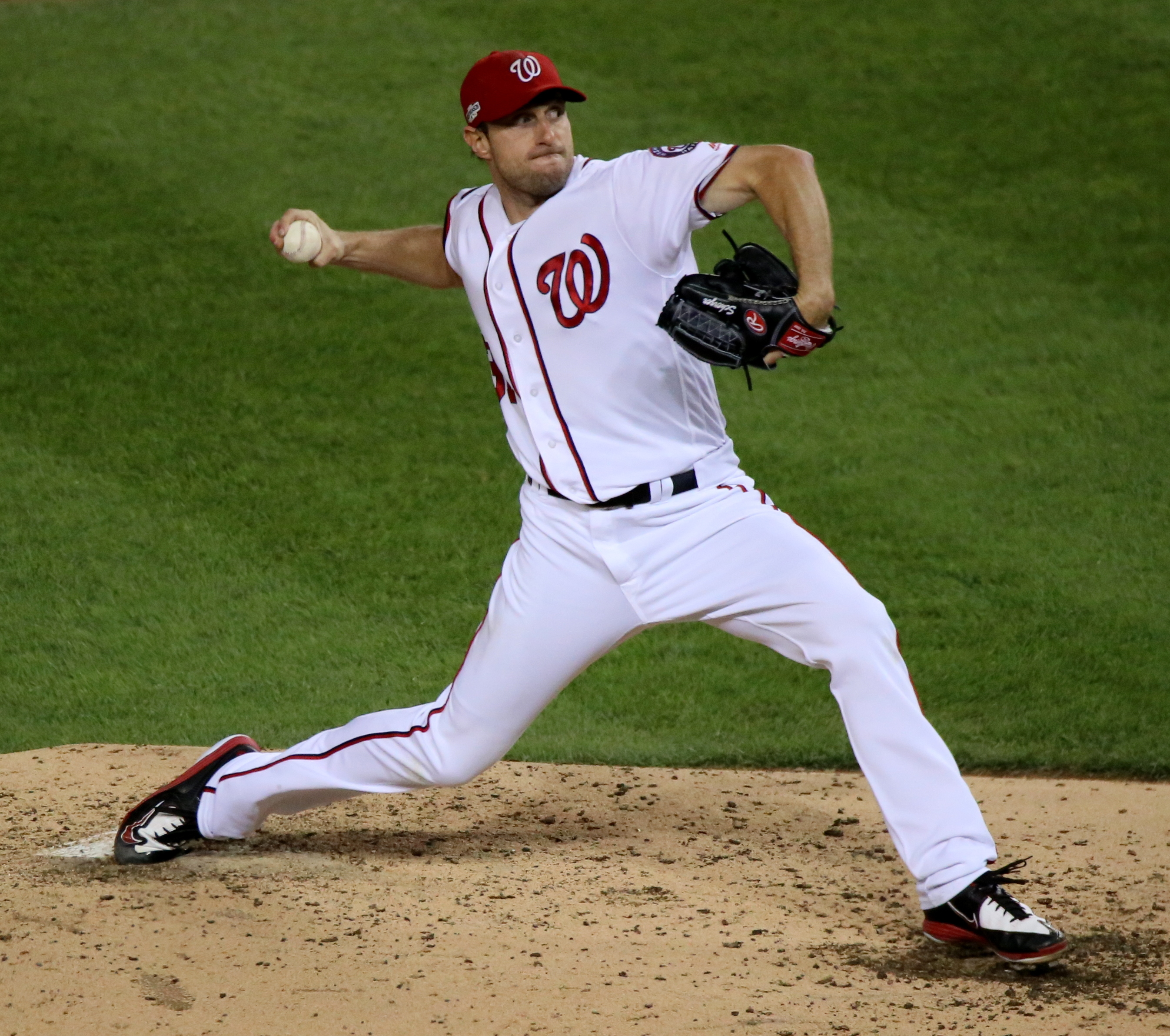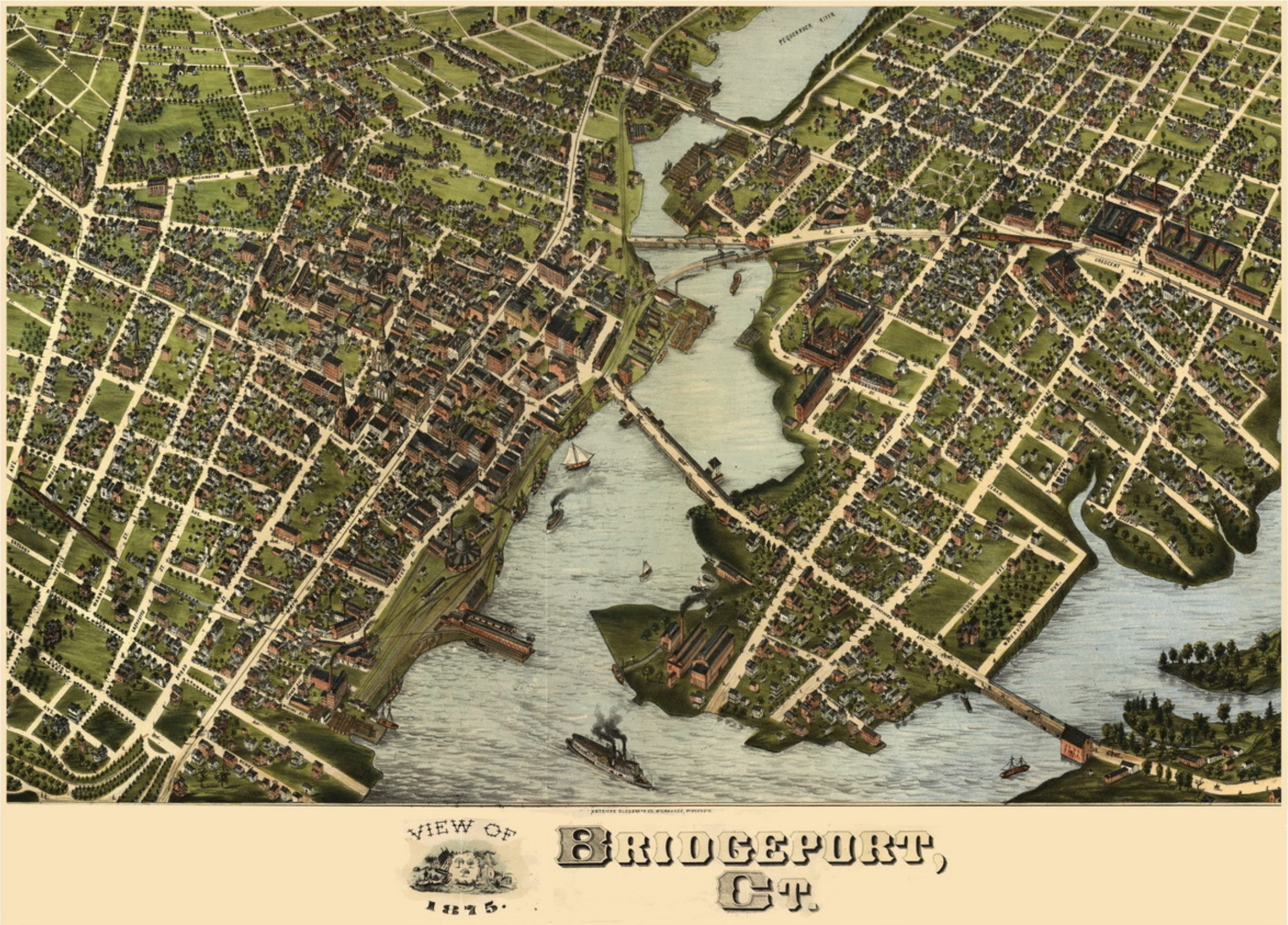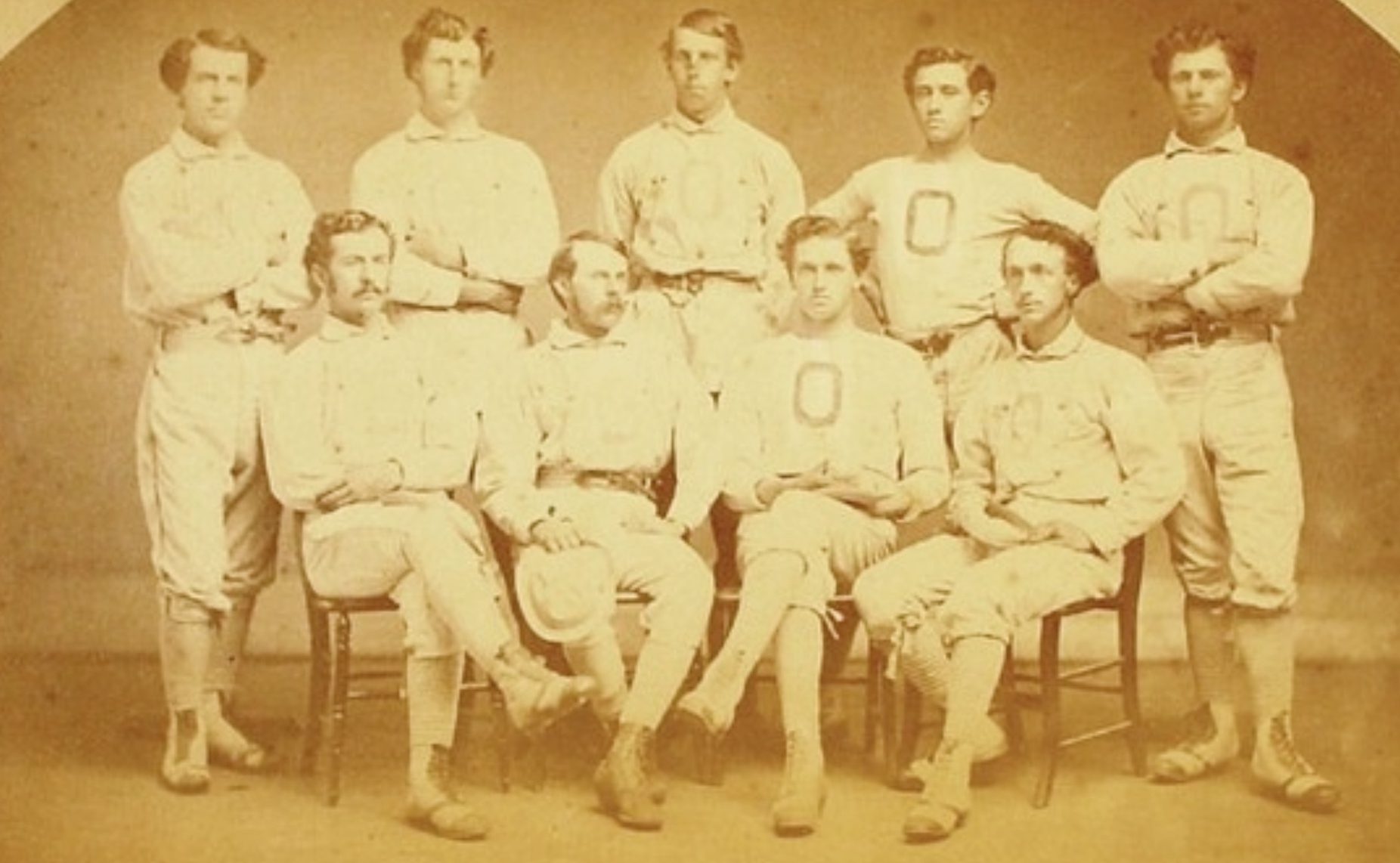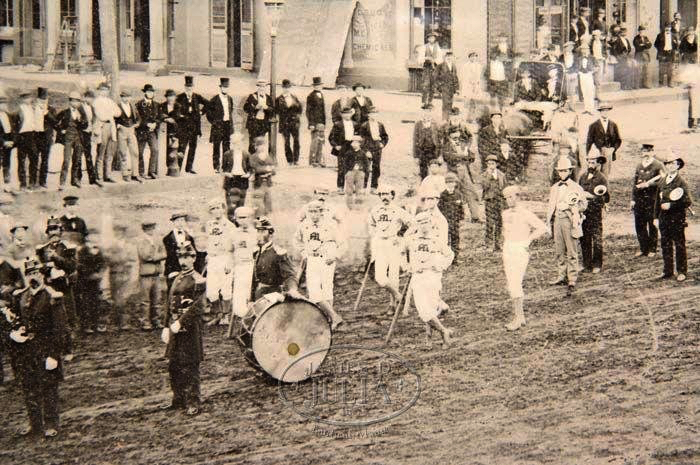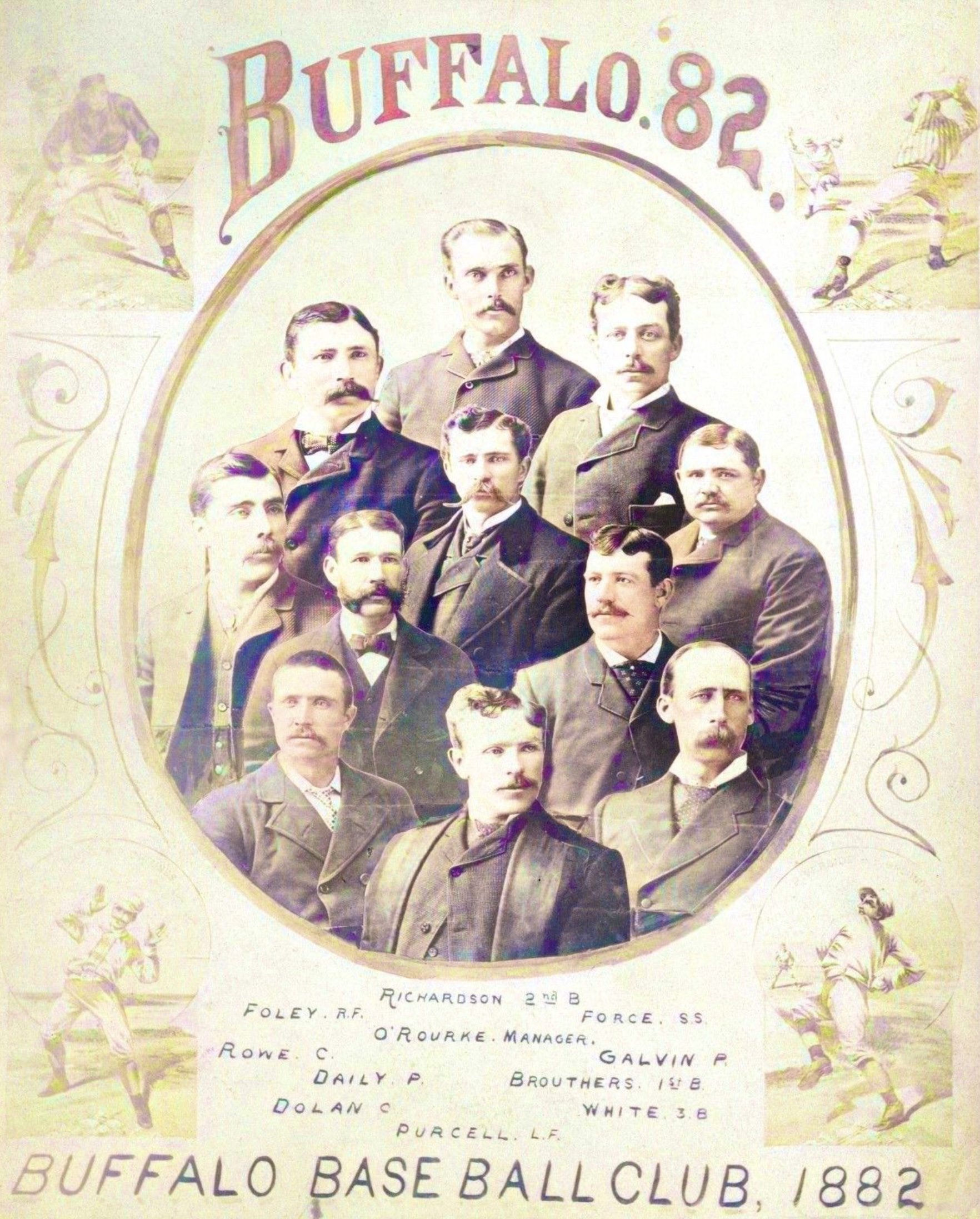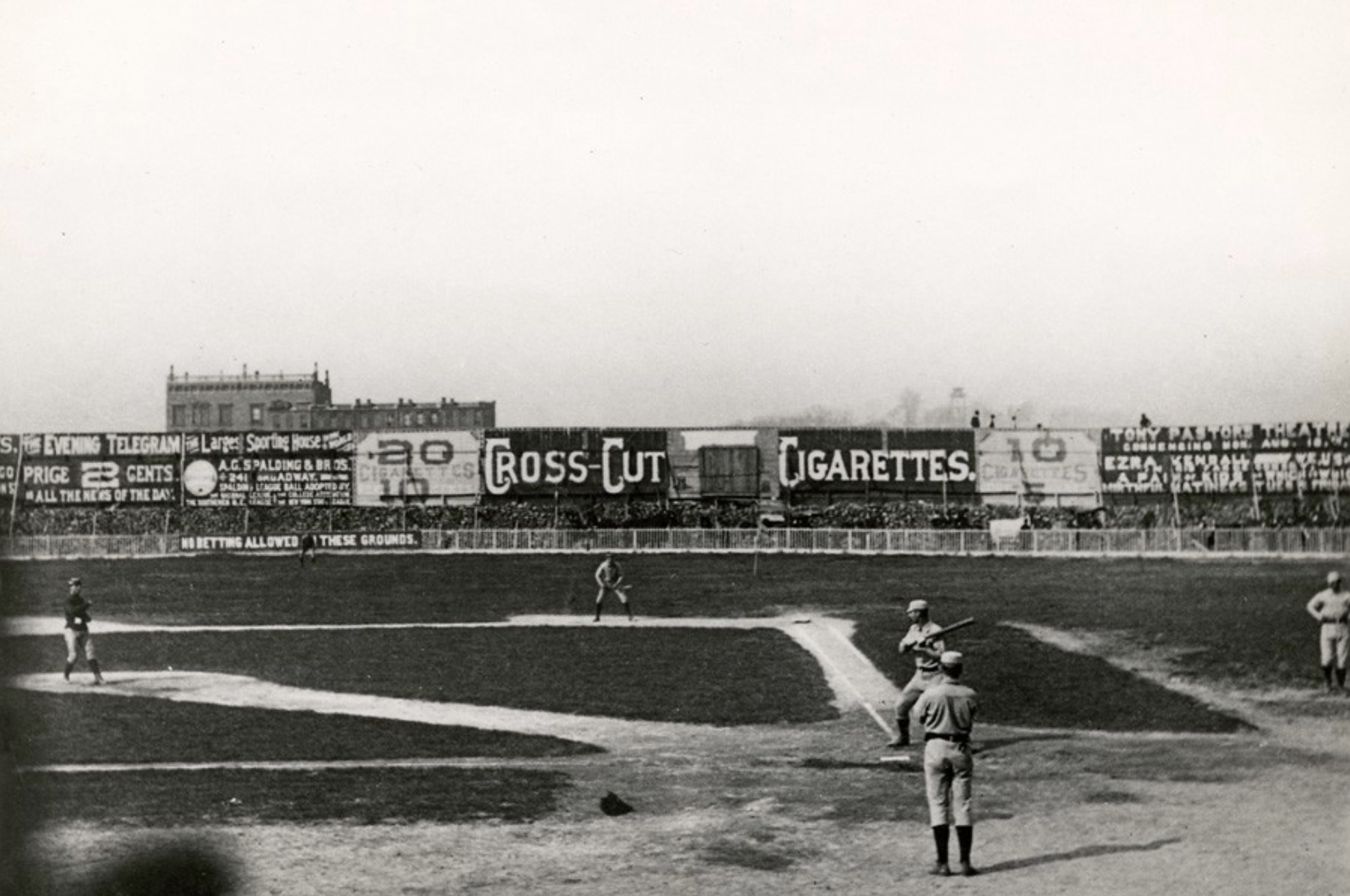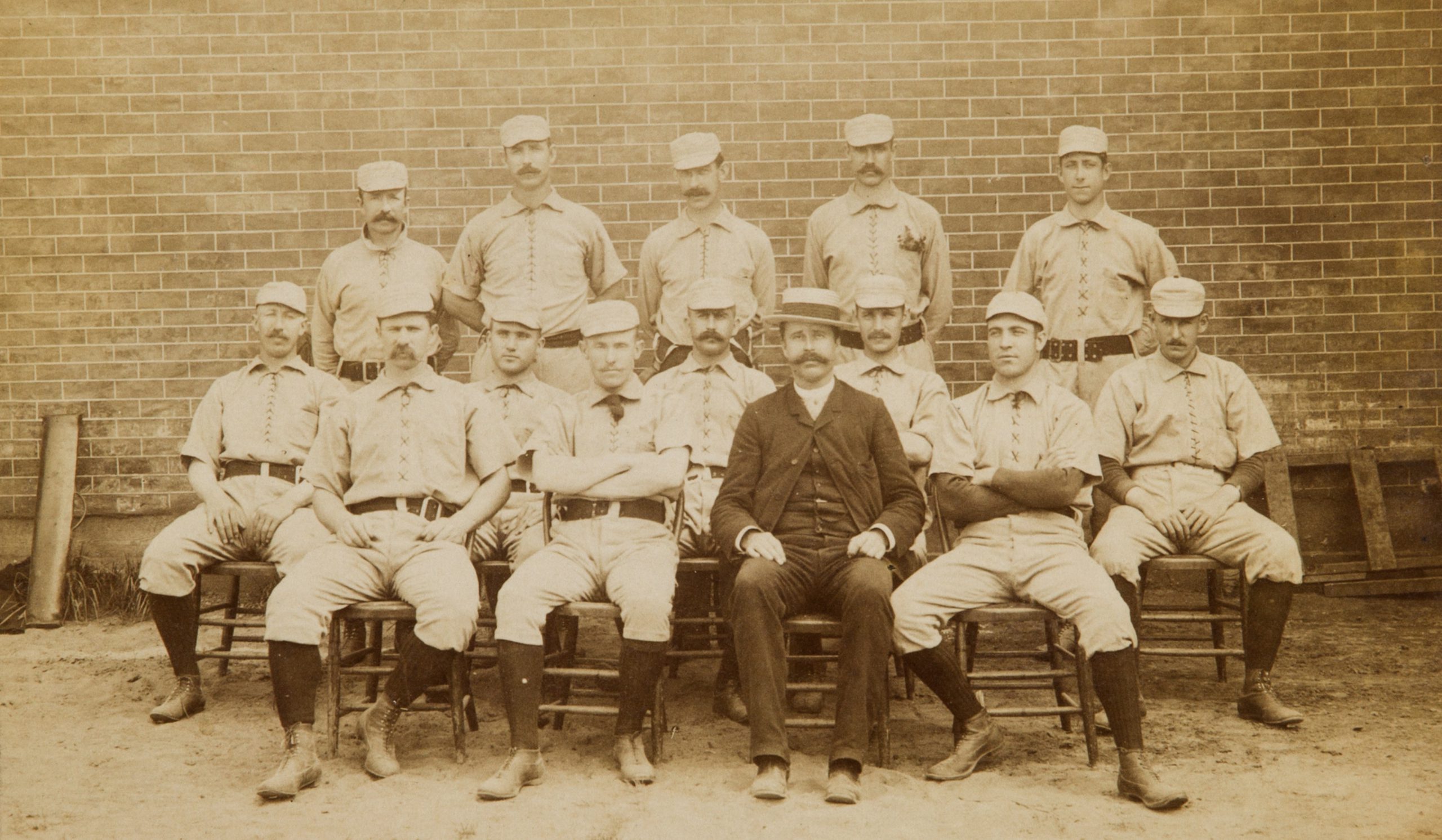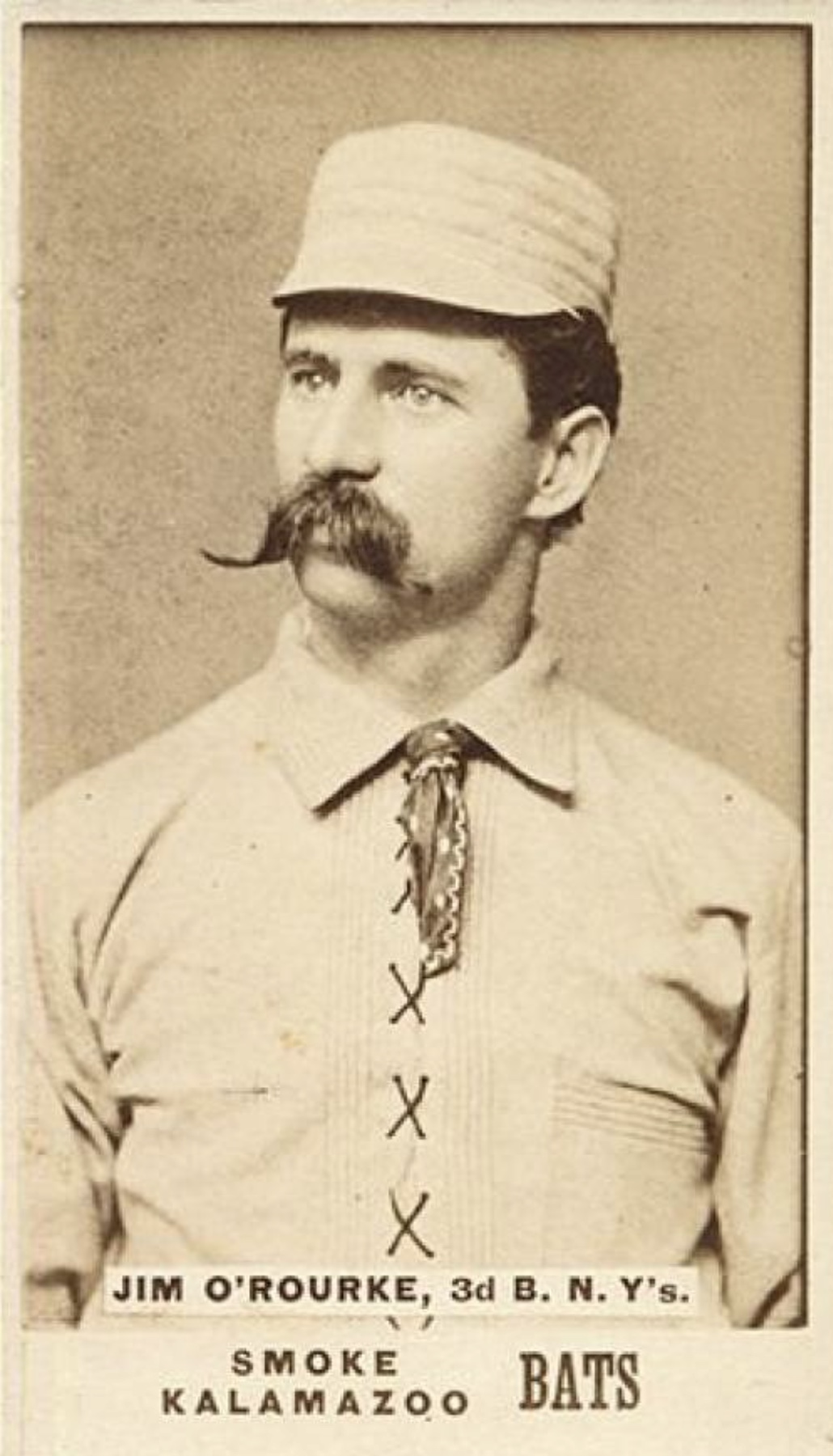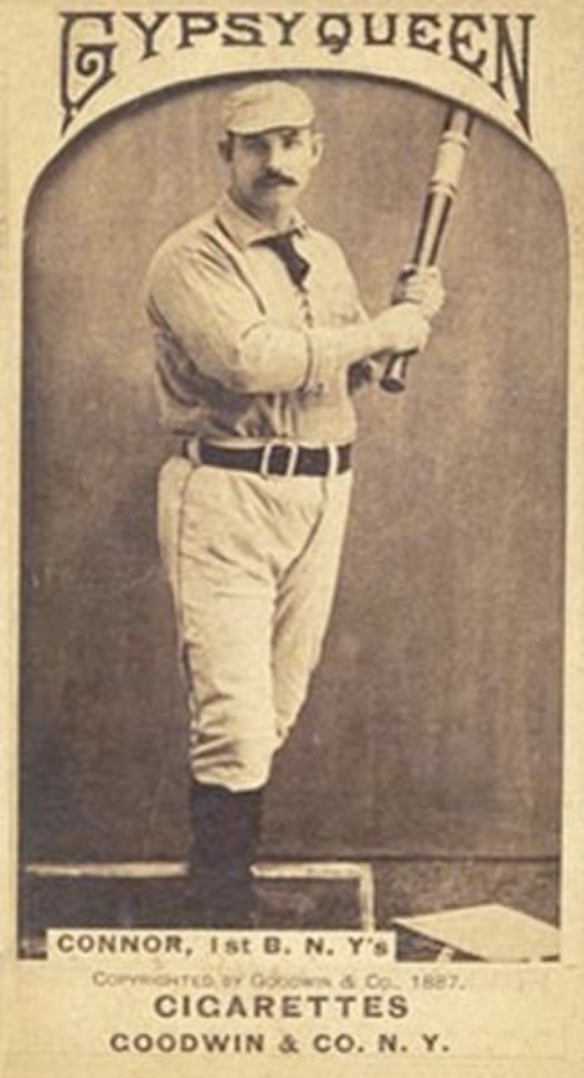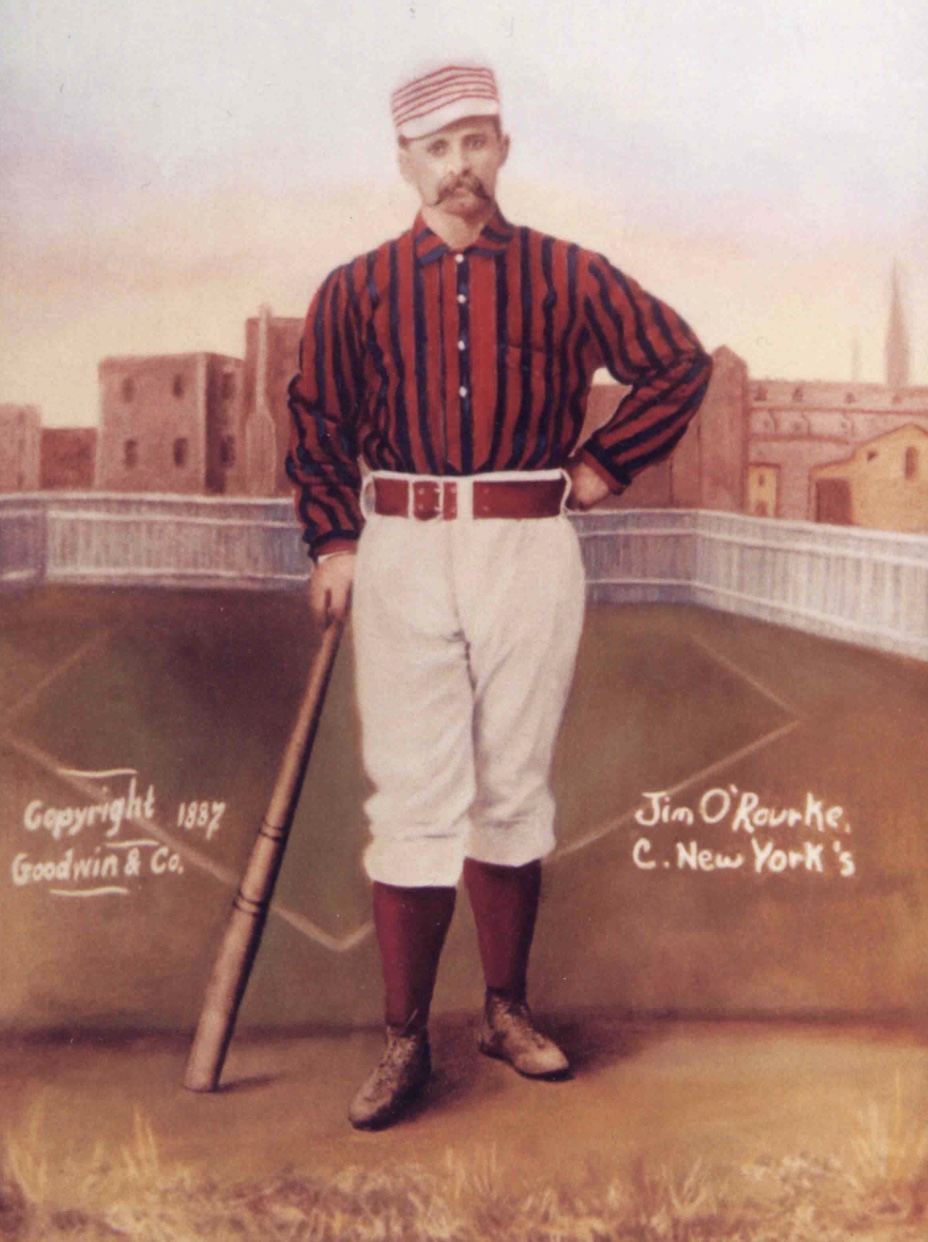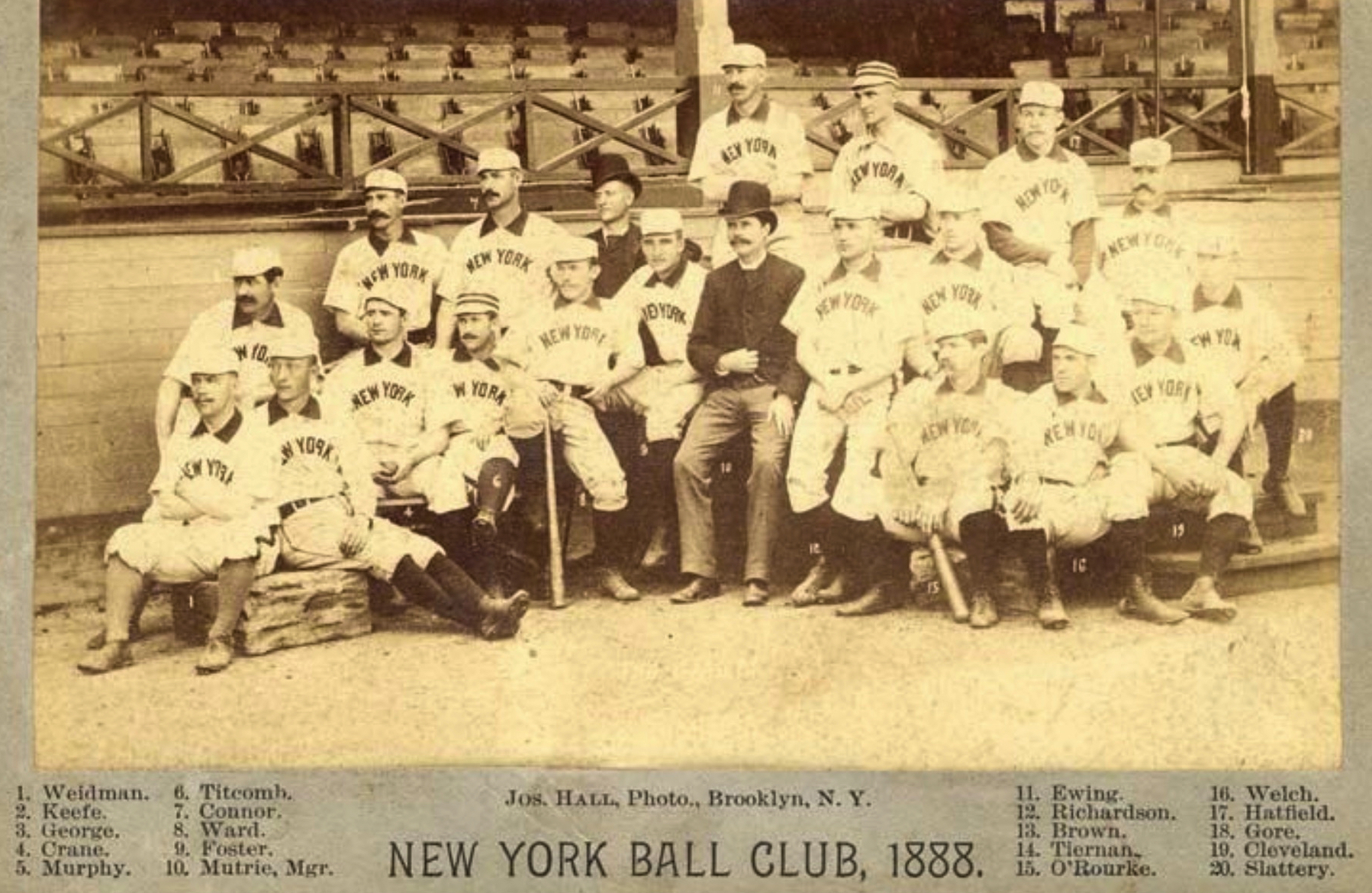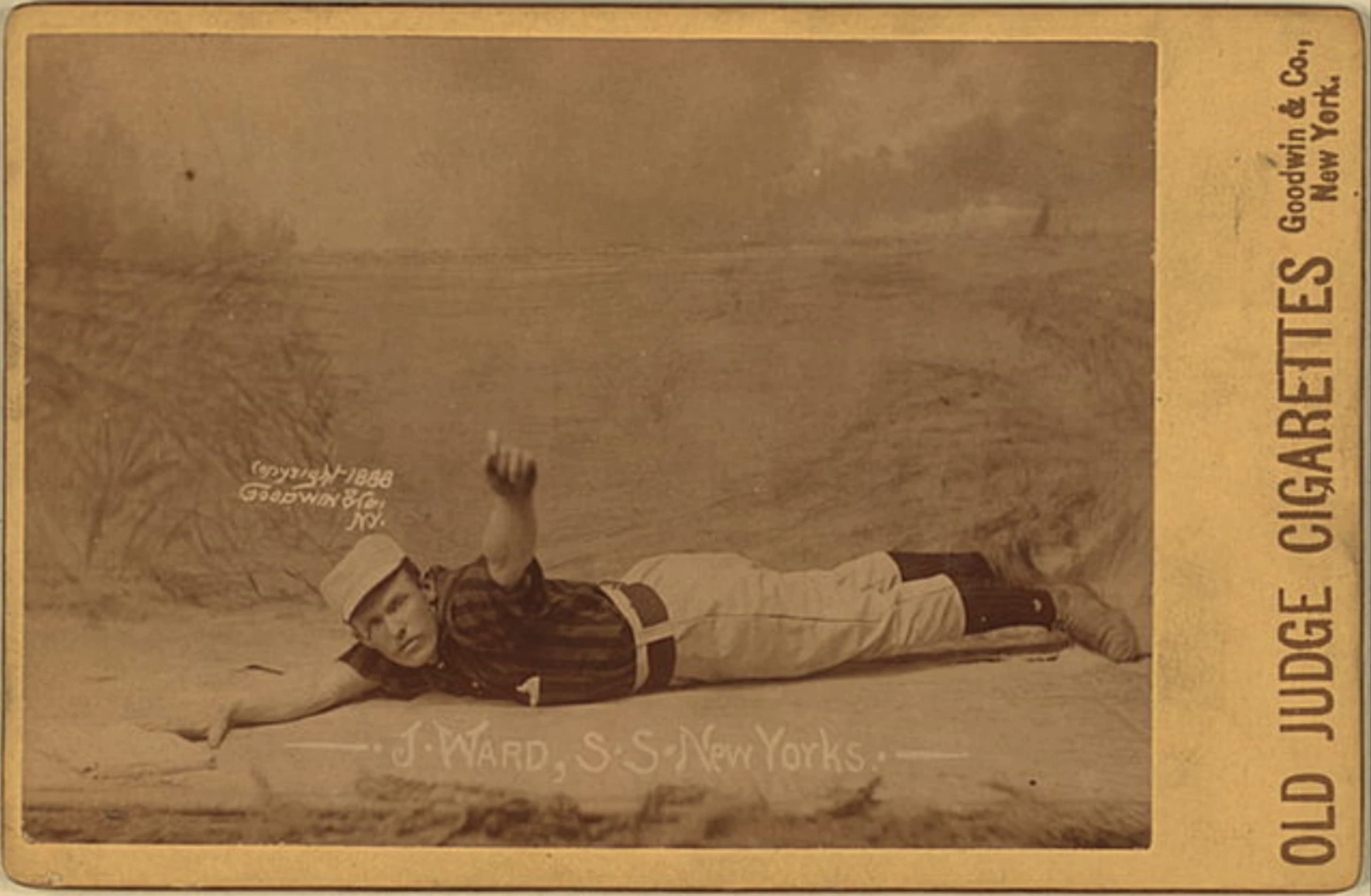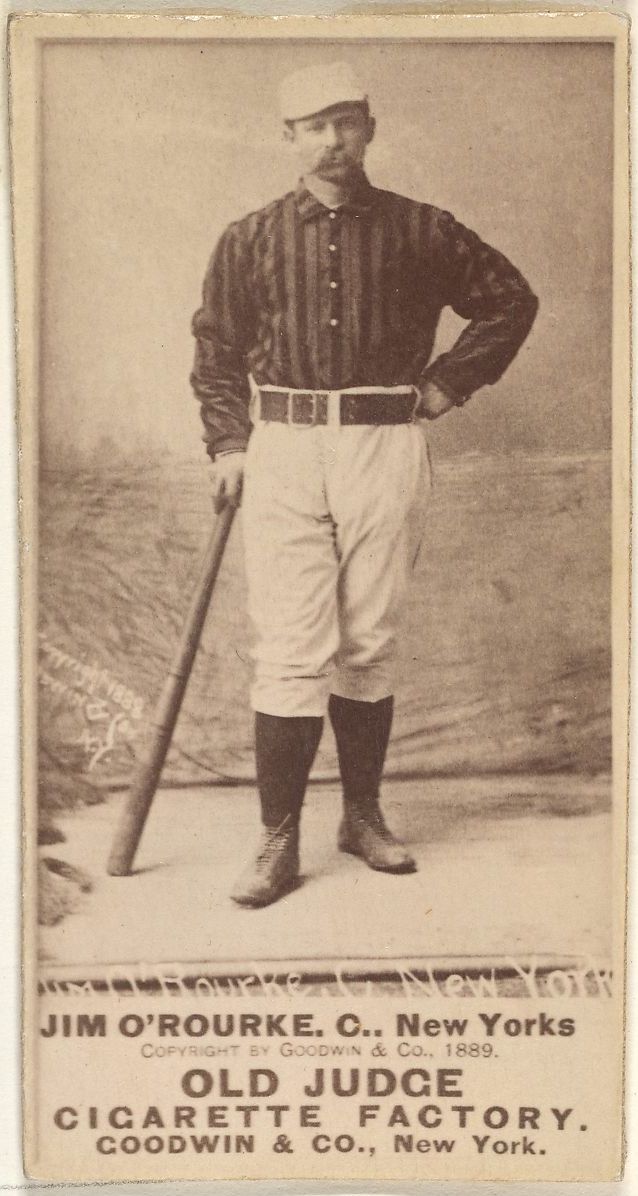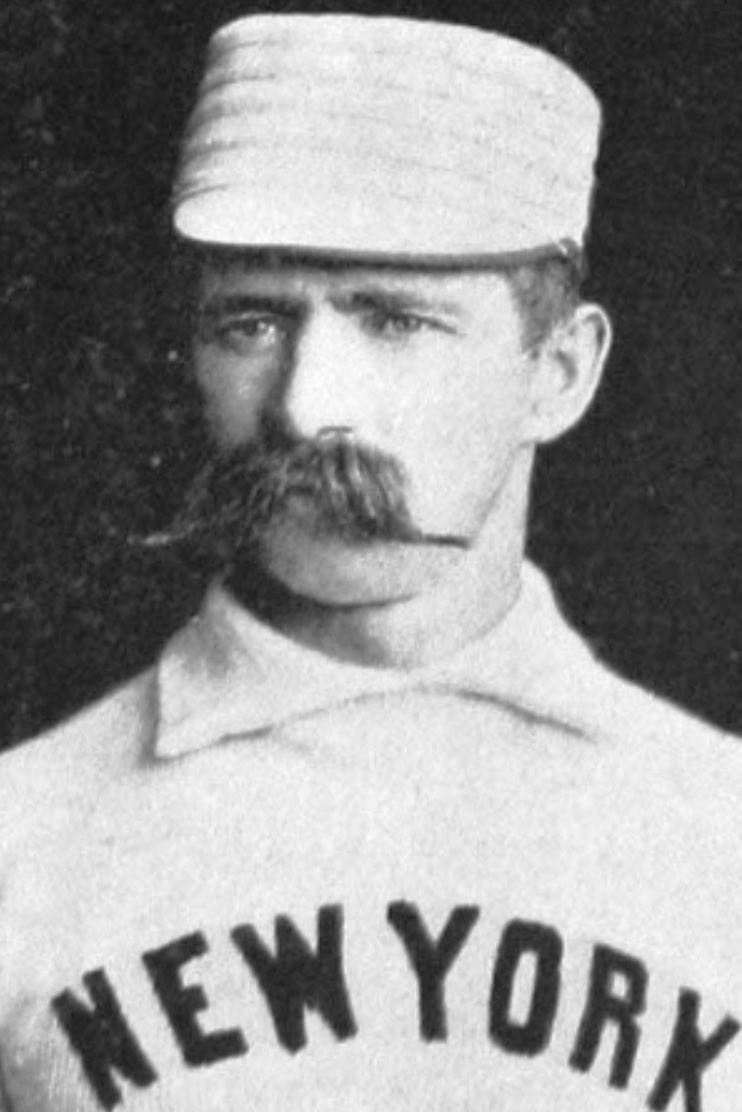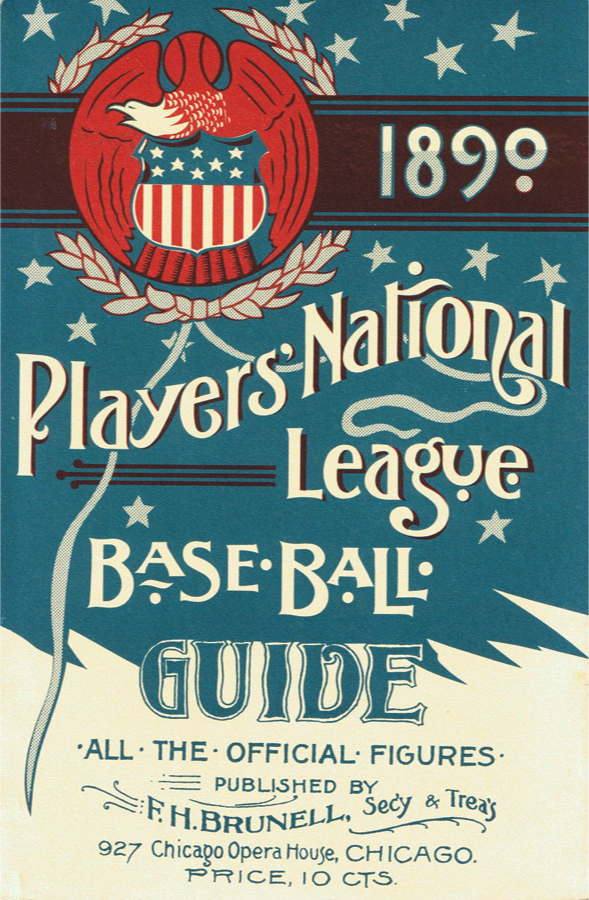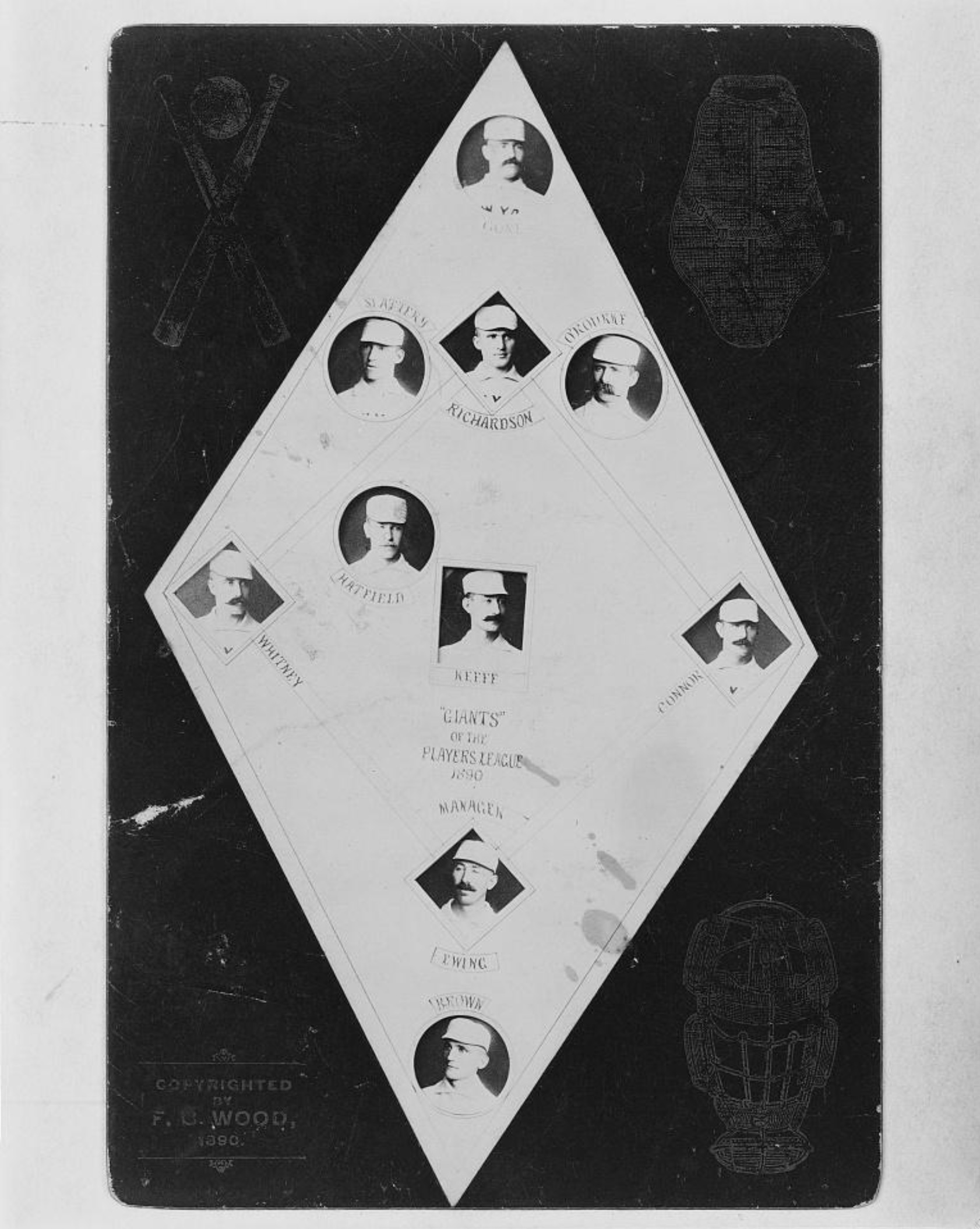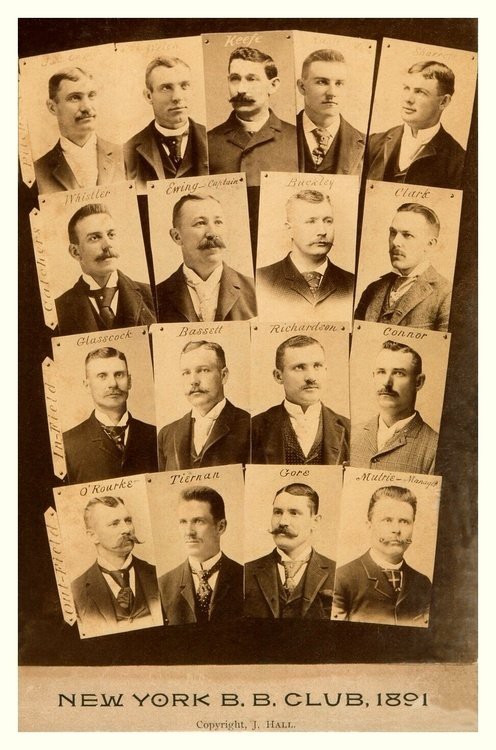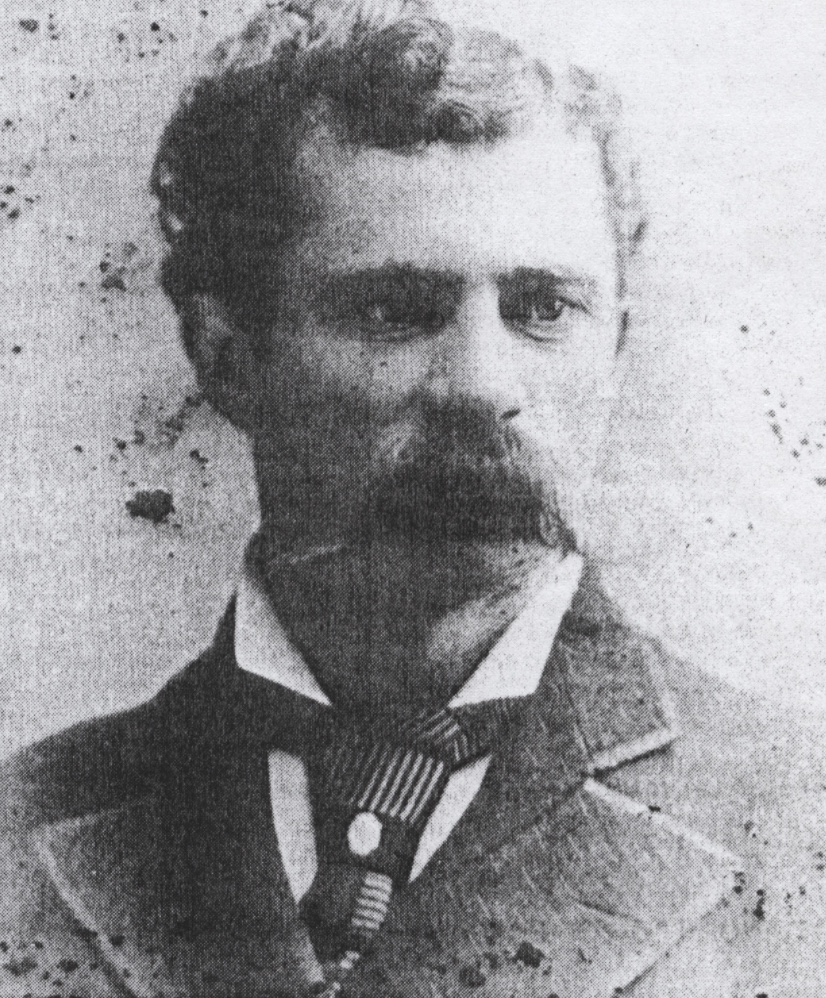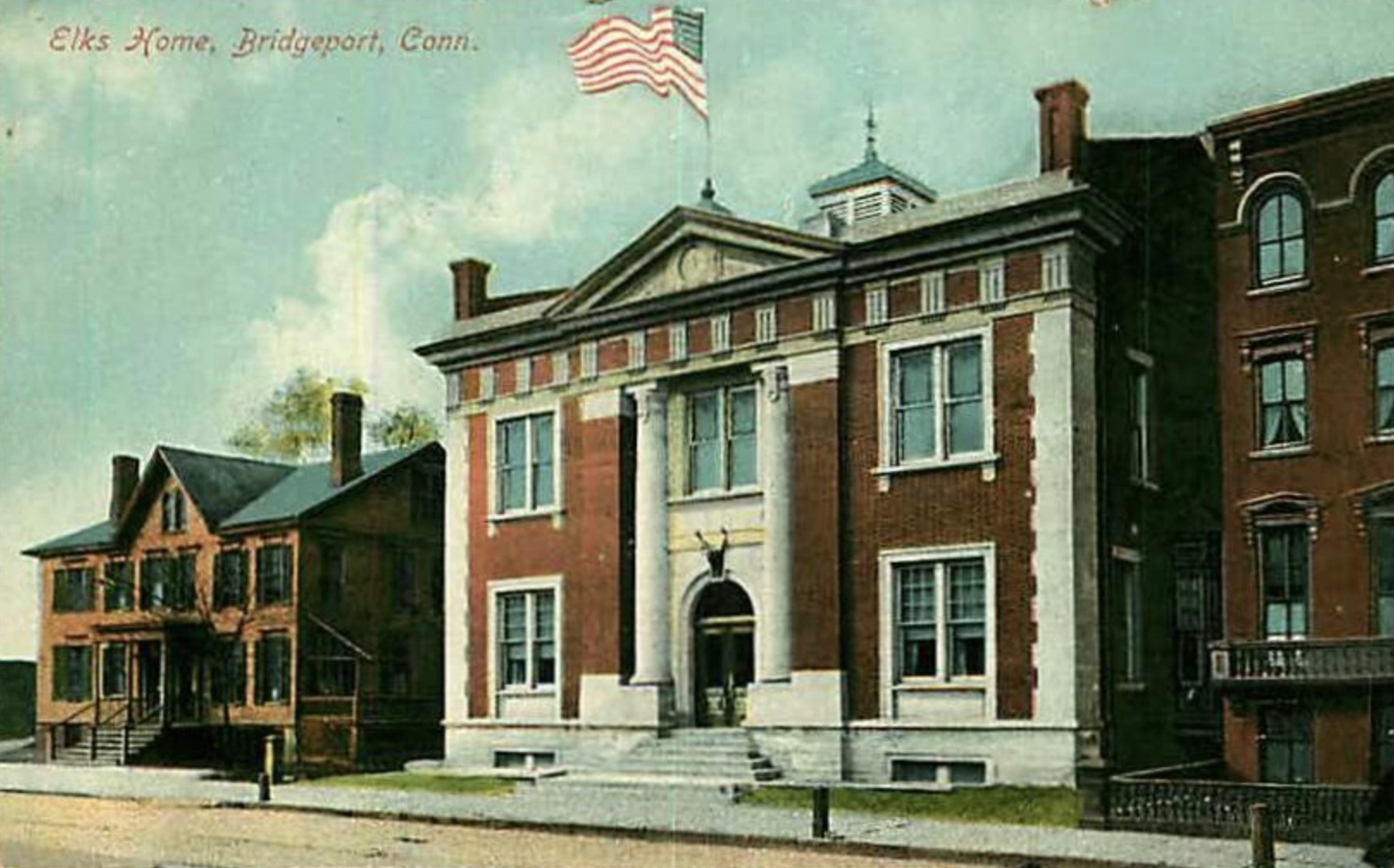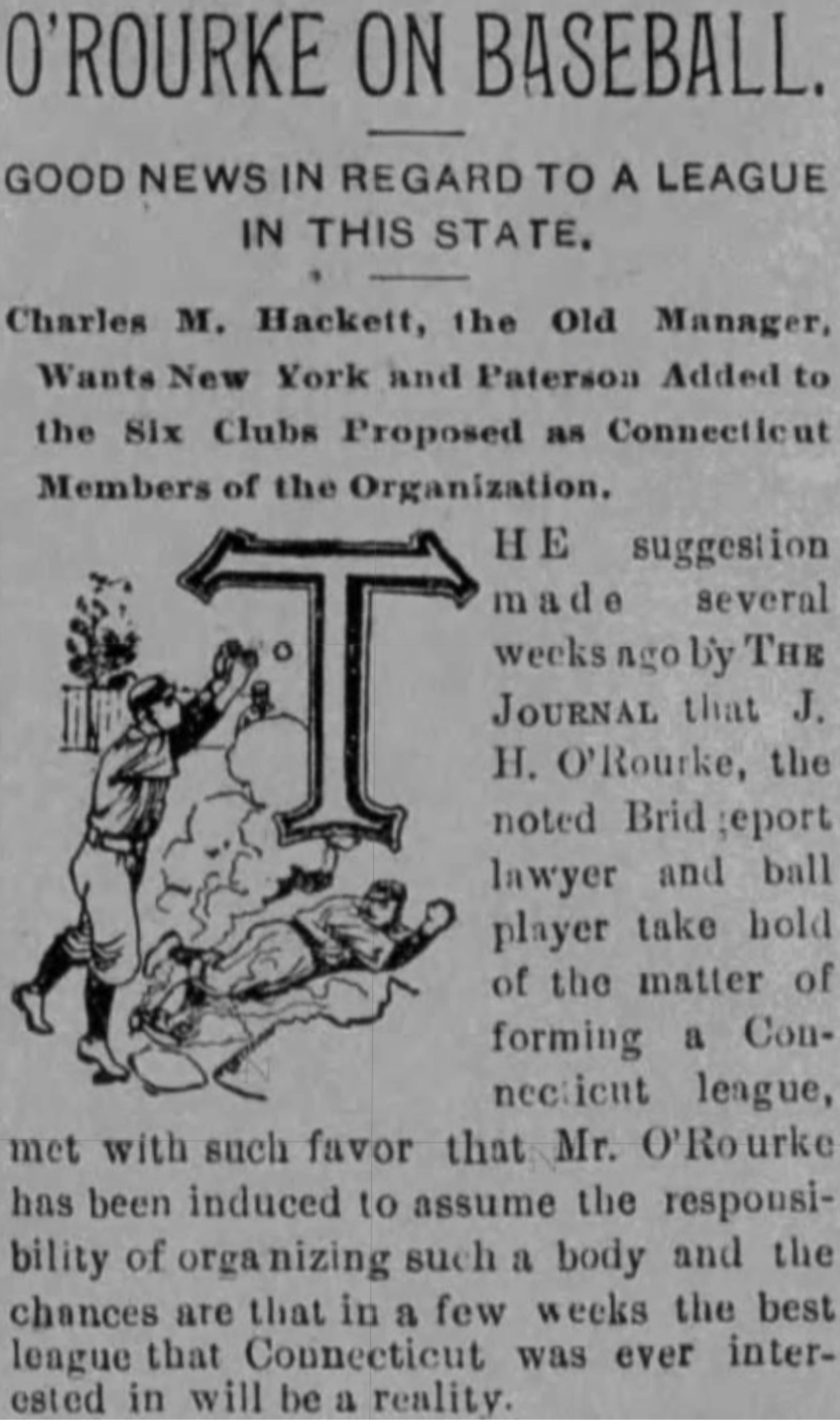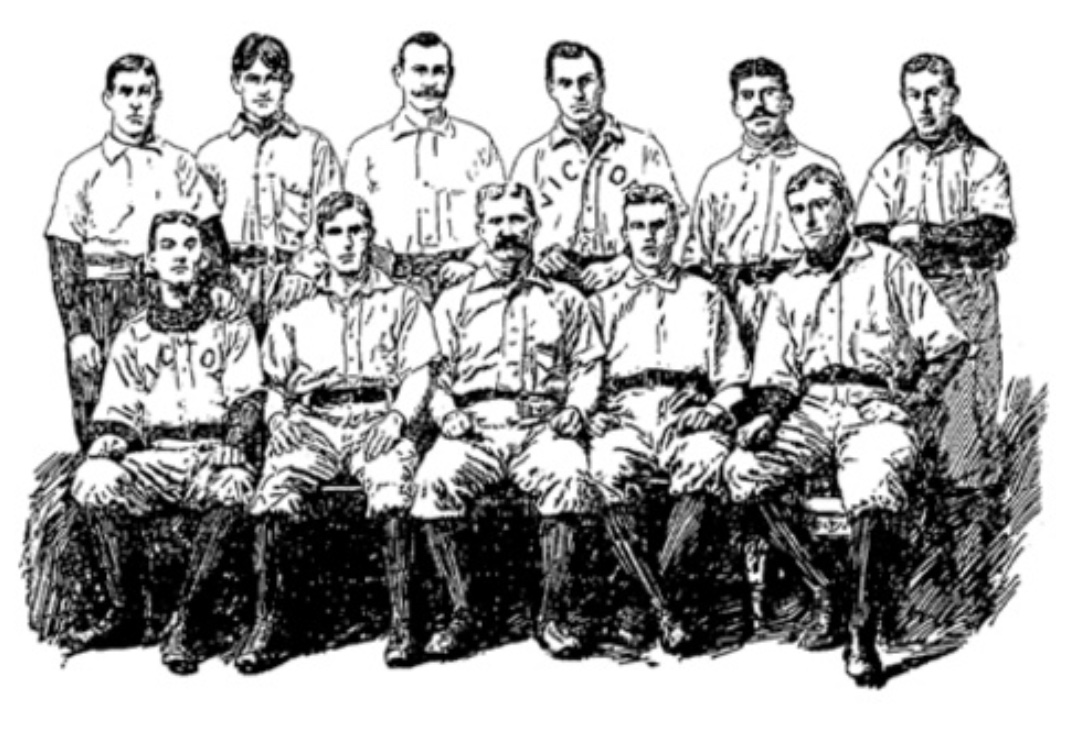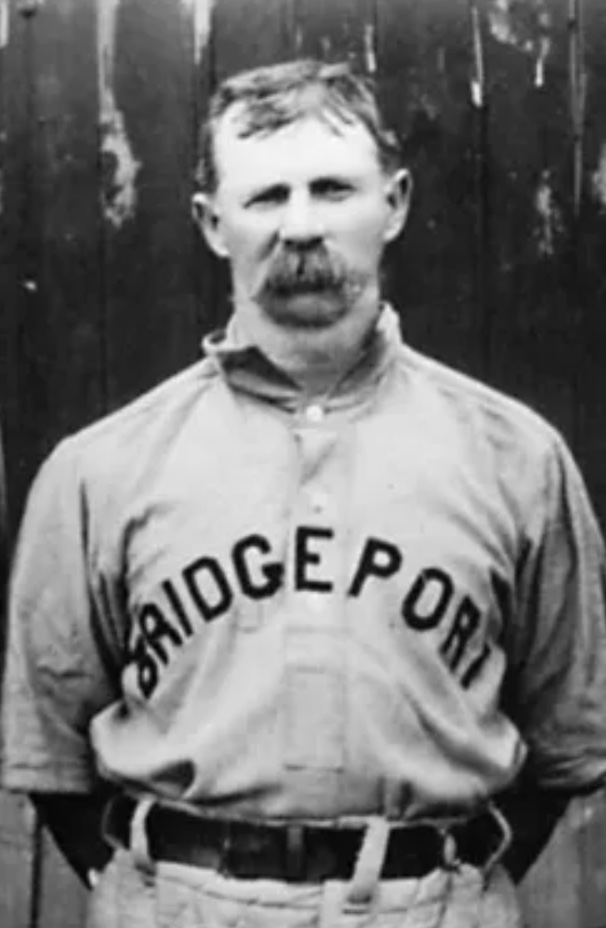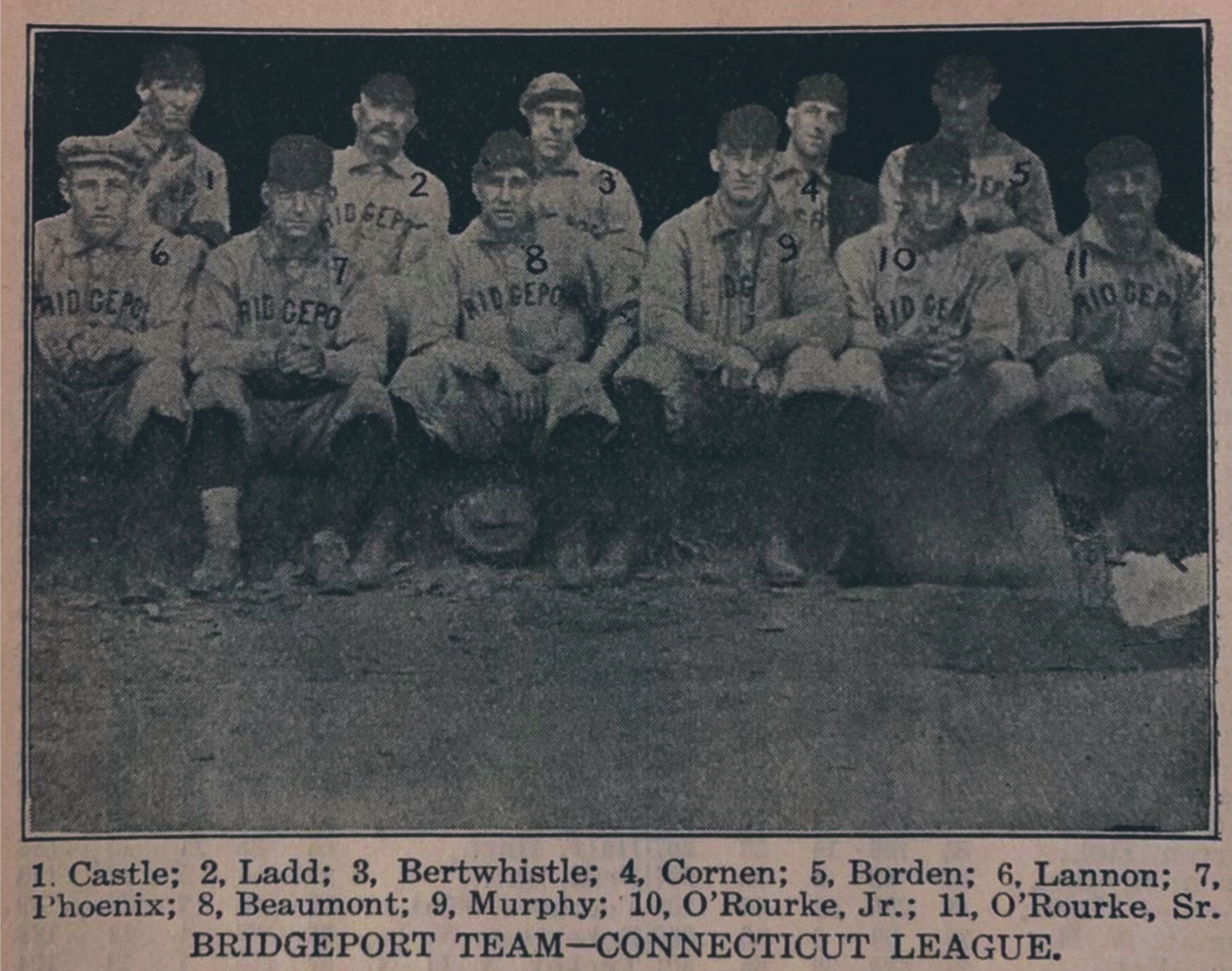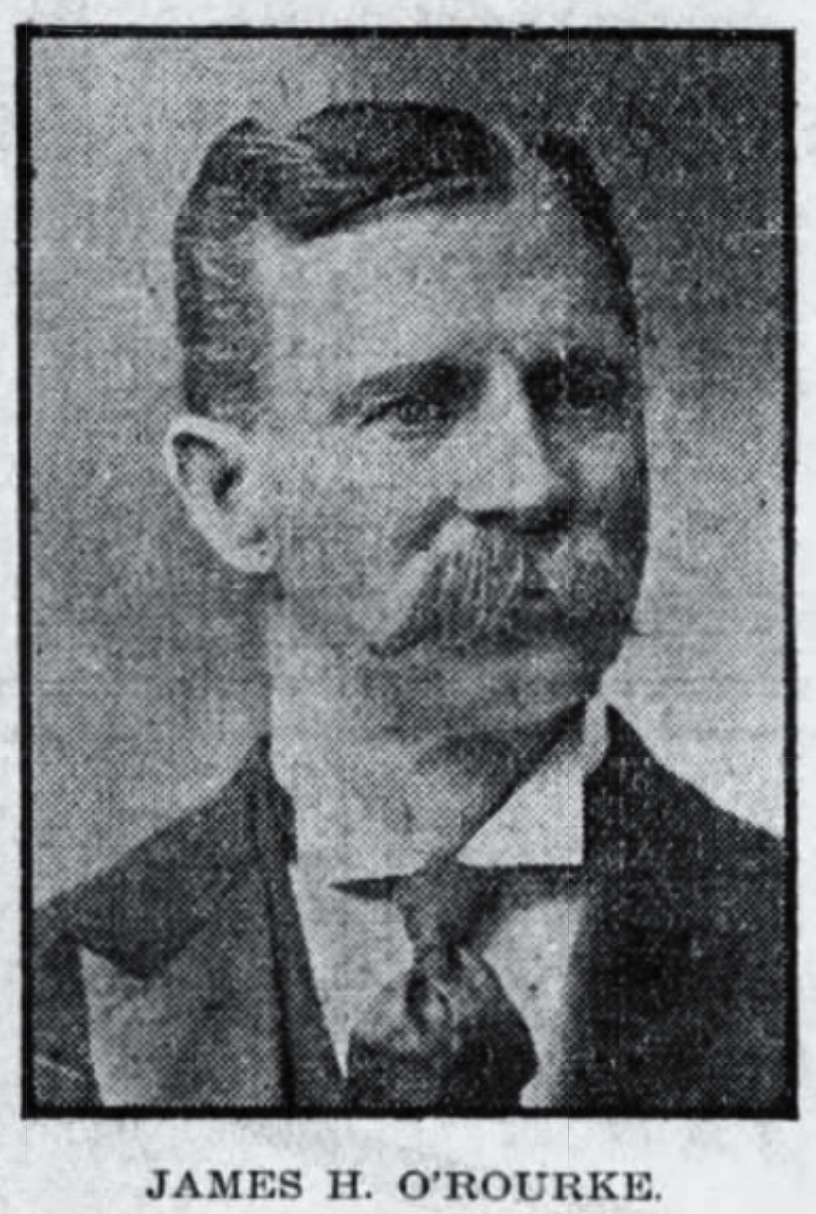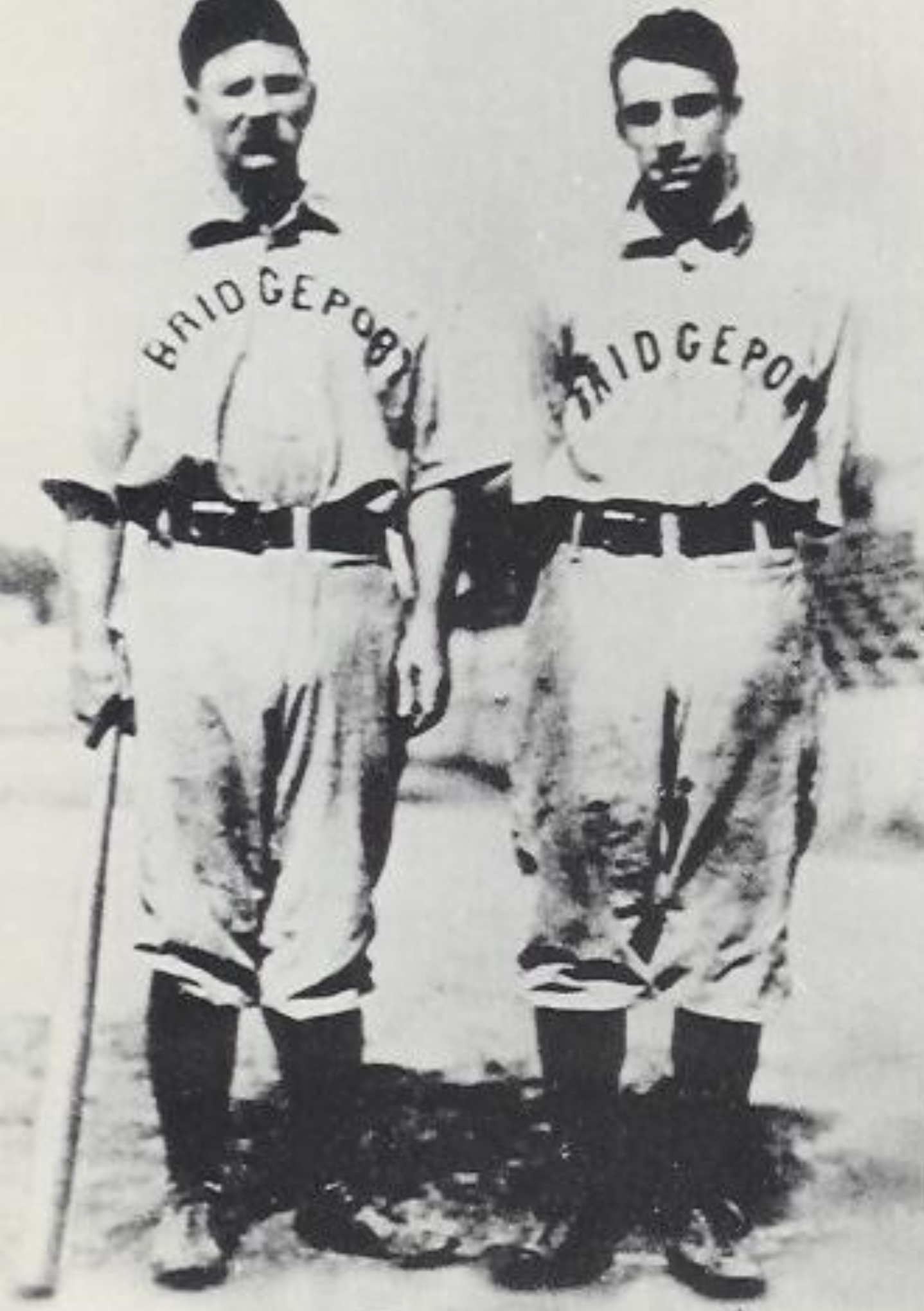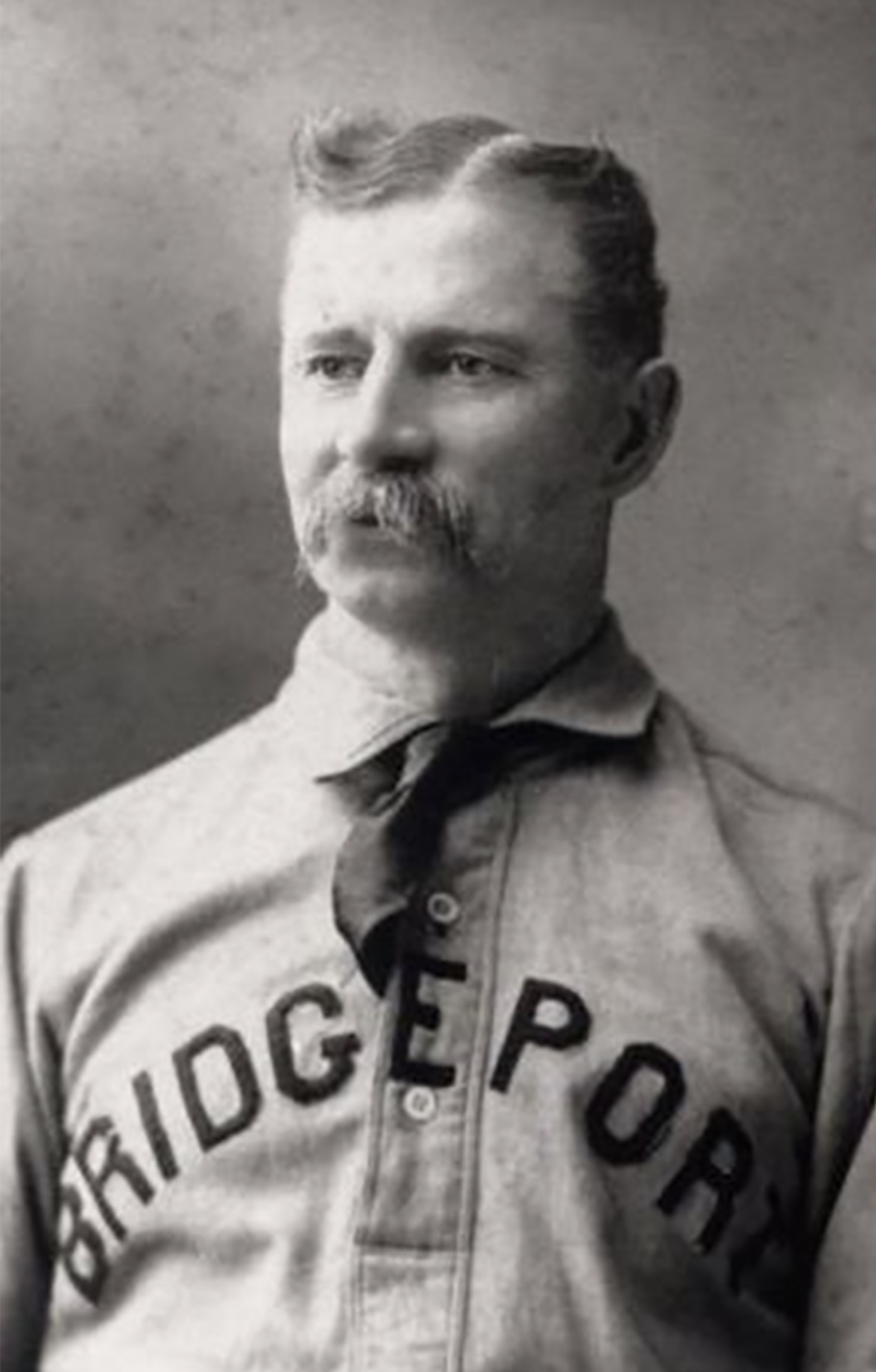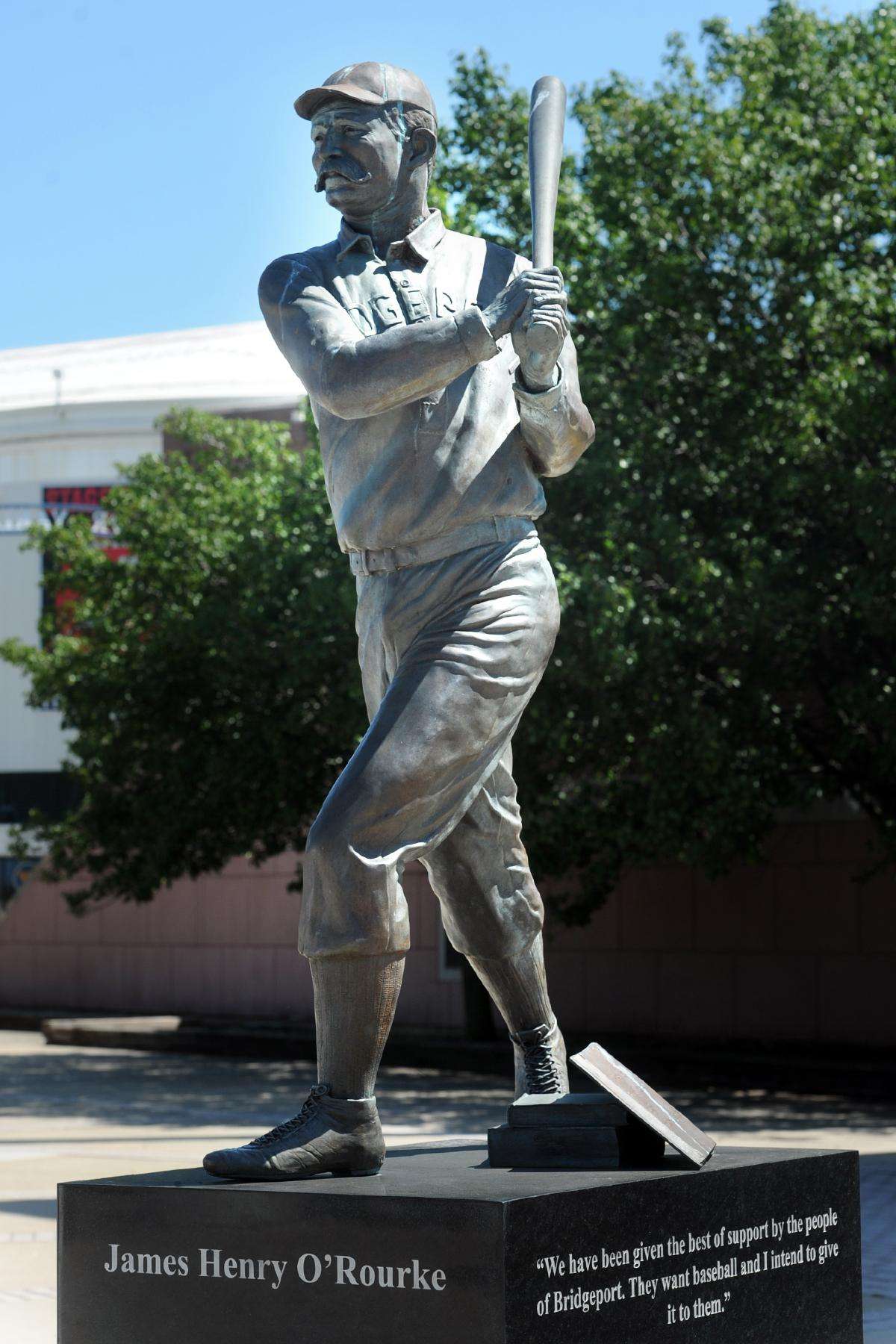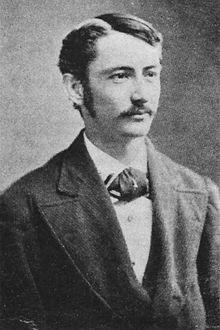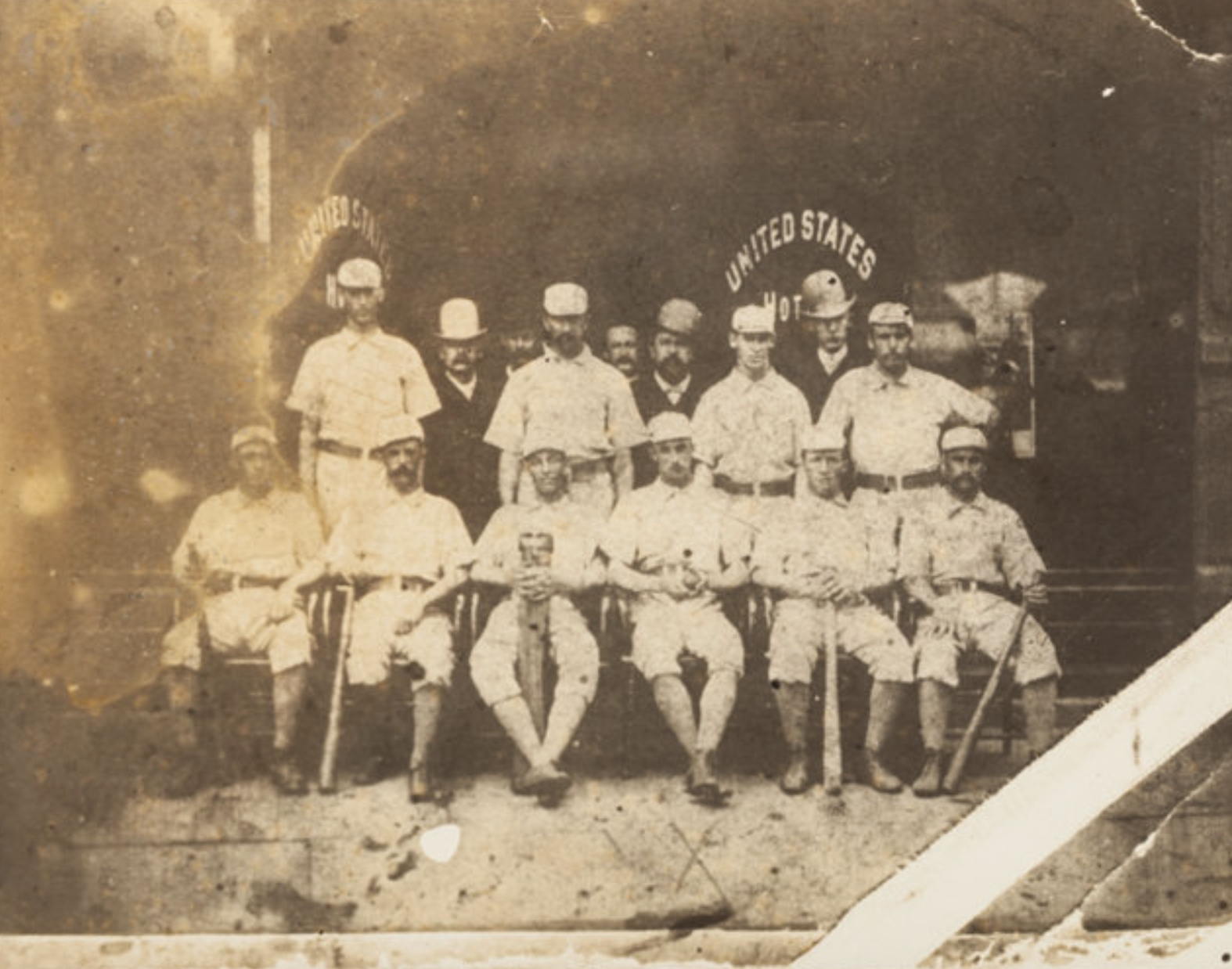The list of innovators from Connecticut is impressive. Eli Whitney, Samuel Colt, Charles Goodyear and Igor Sikorsky stand out as famous figures, but the inventor who most influenced the game of baseball was Hartford’s own, William Gray. A mechanical genius, Gray originated patents for baseball’s first chest protector (1887) followed by the world’s first payphone (1889). His chest protector transformed the catcher position, and the invention gave Gray enough resources to advance telephone communications across the globe.
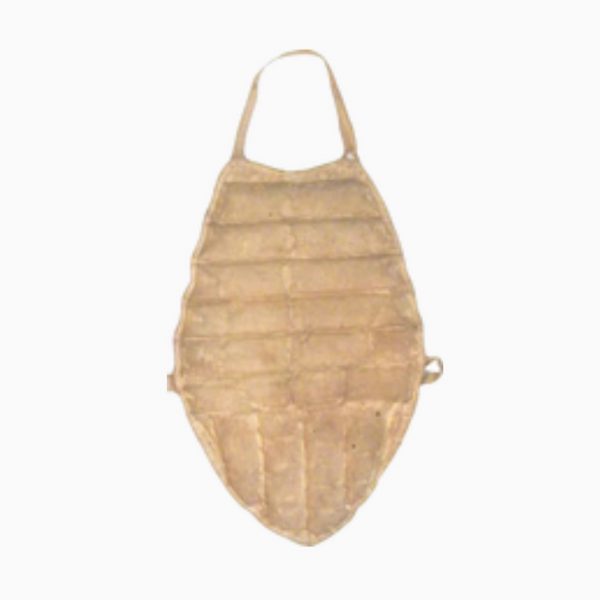
Born in December 1850 in Tariffville, Connecticut, Gray was one of five children to Scottish immigrants, Neil and Mary Gray. His father, a bridge builder, moved the family to Boston when William was young. As an apprentice at a pharmacy, William neglected his work and spent time carving wood and building models instead. Recognizing his mechanical inclination, his father found him work at a machine shop, where he thrived.

William Gray wound up in Hartford a few years later working as a polisher at Samuel Colt’s armory. Then he earned a new position at Pratt & Whitney, the leading manufacturer of interchangeable parts in precision machinery. Gray was head of the company’s polishing department for fifteen years and worked closely with ownership, Francis Pratt and Amos Whitney. He also found opportunities to tinker with inventions. Dissatisfied with the company’s belt shifter, he designed an improved version, which he patented and sold to Pratt & Whitney for distribution.
Yet his creativity extended beyond manufacturing as Gray was an avid “base ball” fan. In 1884, he patented a “Sand Handle Base Ball Bat,” and later sold the design to A.G. Spalding & Brothers Company. The patent was the first commercial attempt to sell bats with a built-in grips. The bats included a roughened covering around the handle section with granulated material firmly attached by shellac or cementing material. Though he profited from the improvement, the product was far less popular than his next invention.
After witnessing a bicycle tire being filled with air, Gray devised a padded, inflatable chest protector for catchers and umpires. His design shielded the catcher’s torso and groin while allowing flexibility. The rubber protector consisted of pneumatic (air-filled) ribs that the user could inflate or deflate. Gray was granted patent number 295543 in 1887 for a Body-Protector, known today as a chest protector.
Back in July of 1883, Hartford’s catcher Tony Murphy tested Gray’s protector in a professional game. Murphy was “unmercifully guyed” and chided for wearing the gear. Only a few years later, a catcher would be thought crazy to take the field without a wearable equipment. Another catcher named Charlie Bennett used a homemade chest protector that same year. Bennett and his wife designed a torso shield by sewing strips of cork in between bed ticking material.
But Gray’s design was more durable, repeatable and patentable than any other. As a result of, catchers began standing and squatting closer the plate than they had in the past. In 1884, the National League removed restrictions on overhand pitching, in part because catchers had greater protection from foul balls thanks to Gray’s Patent Body Protector.
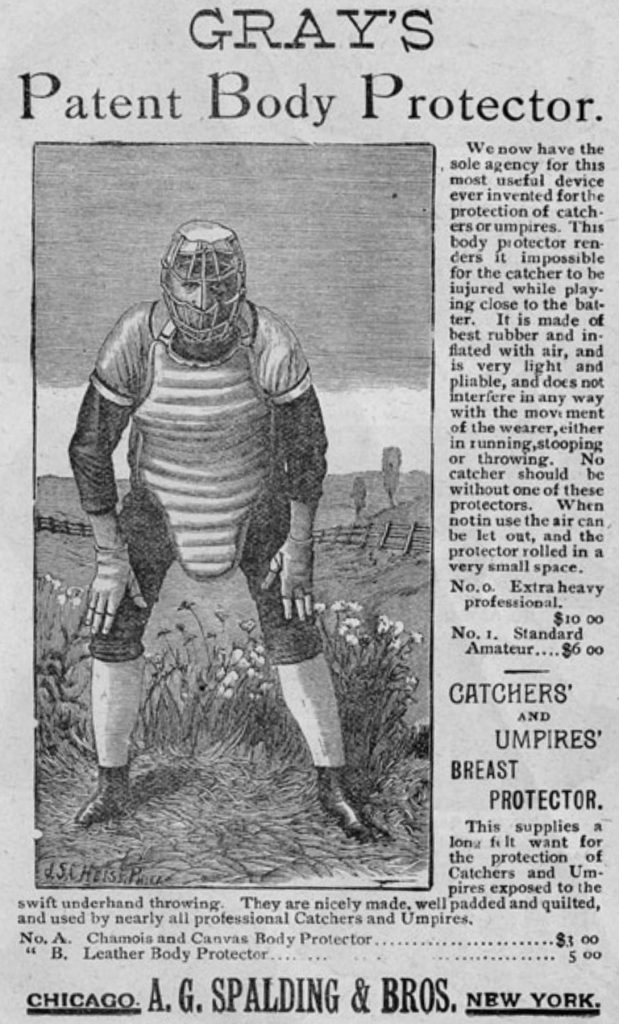
After the chest protector proved to be successful, Gray sold his patent to Spalding for $5,000. Throughout the 1890s, Spalding’s Official Base Ball Guide featured full-page ads for “Gray’s Patent Body Protector,” as, “the most useful device ever invented for the protection of catchers or umpires.” Spalding claimed the gear rendered the wearer impervious to injury without interfering with range of motion. The ads emphasized the protector’s lightweight that was easily deflatable and rolled for storage. Spalding’s marketing worked, and despite a hefty ten-dollar price tag, the gear became a bestseller.

Gray wasted no time investing in another venture: pre-paid telephones. By the late 19th century, telephones were becoming common in homes and businesses, but public access was limited—people could only make calls from booths staffed by attendants who collected fees. Seeing an opportunity, Gray developed a payphone that accepted coins, filing a patent on April 5, 1888. The concept quickly gained traction, and in 1889, the patent was granted. Southern New England Telephone Company installed the first coin-operated public phone inside Hartford National Bank on State Street.
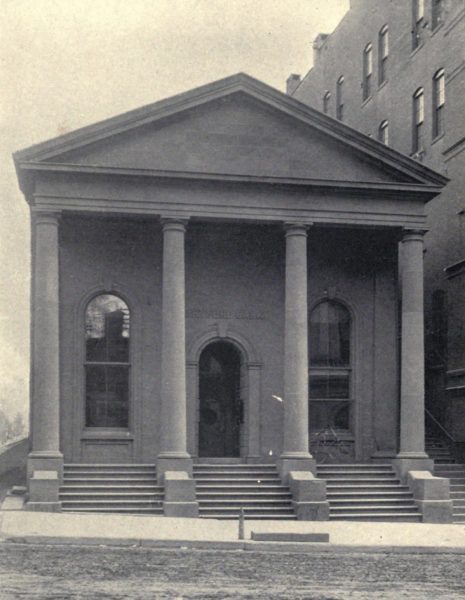
In 1891, the inventor of the chest protector founded the Gray Telephone Pay Station Company. The concern grew into one of Hartford’s largest employers. Gray accumulated 23 patents related to payphone technology, and his company dominated the market. However his health deteriorated after a paralytic stroke in 1903, and Gray passed away five days later at his Hartford home, survived by his wife and four children.
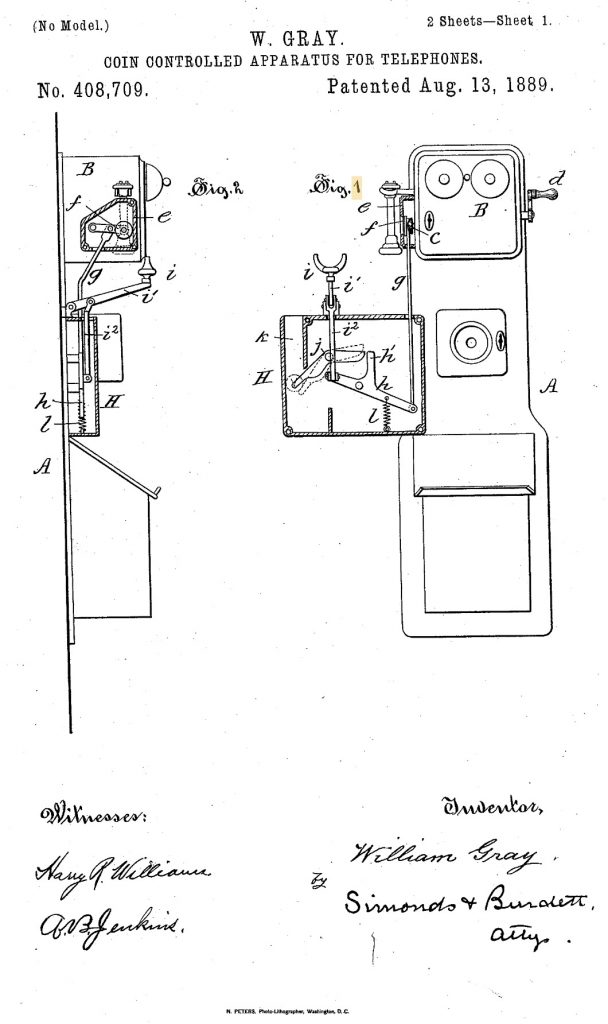
“Be it known that I, WILLIAM GRAY, of Hartford, in the county of Hartford and State of Connecticut, have invented certain new and useful Improvements in a Coin-Controlled Telephone Apparatus, of which the following is a full, clear, and exact description, whereby any one skilled in the art can make and use the same.”
William Gray, Patent No. 408,709, Aug. 13, 1889.
Though he’s largely an unknown figure today, Gray’s ingenuity has lived on, far beyond his passing. His patented chest protector continued to be a staple in baseball, shielding catchers from injury. Coin-operated payphones became an essential part of American life for more than century. They provided convenience to the mainstream of society up until the advent of cell phones.
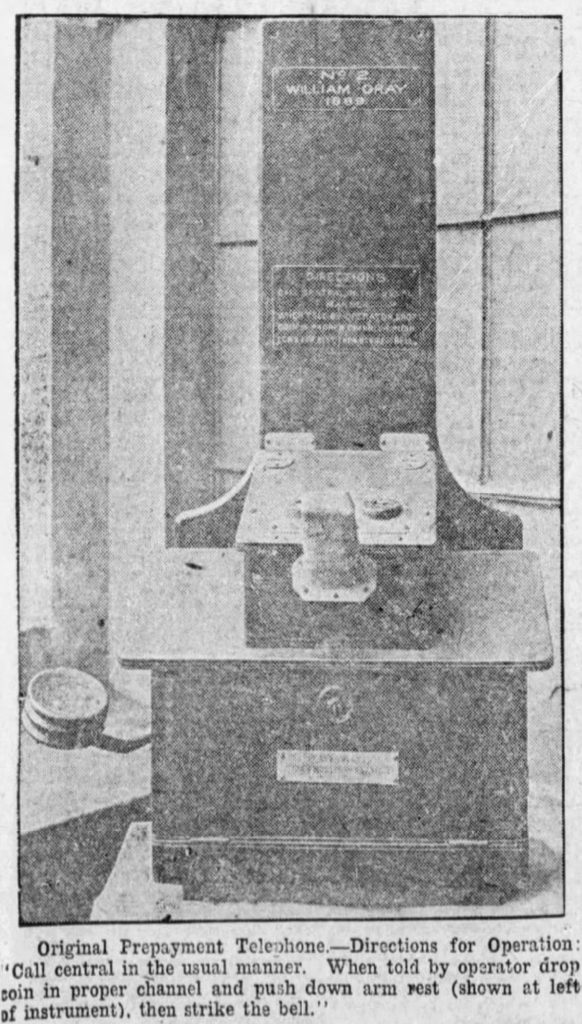
The Gray Telephone Pay Station Company, benefiting from exclusive patents, was extraordinarily profitable. By 1930, an original hundred dollar investment in the company would have grown to $12,000. Even the 1929 Stock Market Crash failed to slow its success, when the company reported nearly a million dollars in profit that year, while issuing two dividends. As Gray’s patents expired, the company eventually lost its competitive edge, and it was acquired by a rival.
As stated in the Hartford Courant’s June 6, 1924 obituary of William Gray: “There are few who would associate the prepayment telephone with baseball and yet the relation is remarkably intimate…by reason of the fact that baseball furnished revenue for the launching of the prepayment telephone business.”
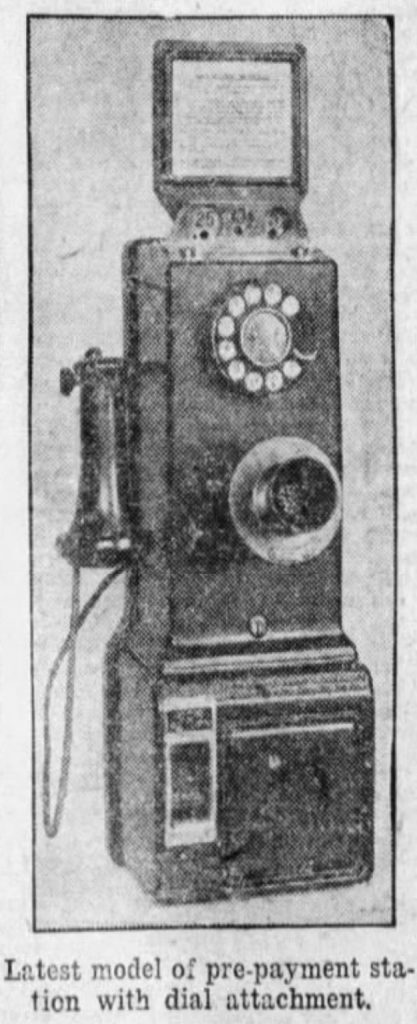
That’s the story of Hayford’s great inventor, William Gray.



